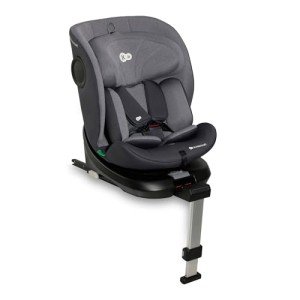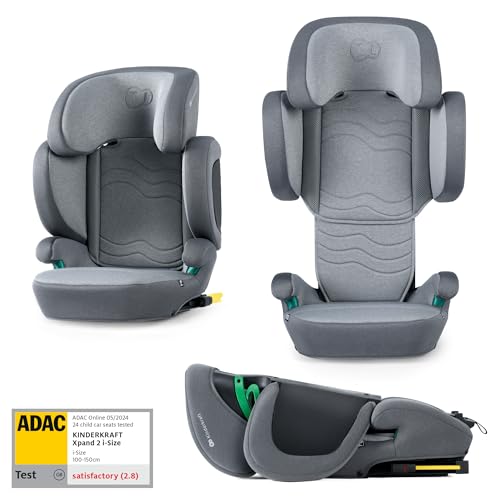What Will Pushchair And Pram Be Like In 100 Years?

본문
Understanding Pushchairs and Prams: A Comprehensive Guide
When it concerns baby mobility, the terms "pushchair twin" and "pram" are often utilized interchangeably. However, they represent unique types of baby providers, each crafted for specific phases of a child's advancement and varied adult needs. This post looks into the important differences in between pushchairs and prams, their features, types, and factors to consider for brand-new parents.

What is a Pushchair?
A pushchair, commonly called a stroller in some areas, is created for children who can sit up separately. Normally, pushchairs are contemporary, light-weight, and have a seat that can be reclined for added comfort. They may likewise feature a five-point harness to make sure the kid's safety while on the go.
Key Features of Pushchairs
- Lightweight Design: Most pushchairs are made from lighter products, making them easy to maneuver and transport.
- Adjustable Seats: Many designs provide recline choices, dealing with resting or active positions.
- Canopy: Most pushchairs come geared up with a sunshade or canopy to safeguard the child from sun exposure.
- Storage Space: They normally include a lower storage basket, perfect for holding diaper bags or shopping.
Typical Types of Pushchairs
- Standard Pushchairs: Traditional options suitable for kids who can sit individually.
- Umbrella Strollers: Lightweight, compact, and easy to fold; perfect for traveling.
- All-Terrain Strollers: Built with larger wheels for off-road capabilities and smooth trips on diverse surface areas.
- Travel Systems: Combines a stroller and an infant cars and truck seat, permitting moms and dads to move their kid seamlessly.
What is a Pram?
A pram, brief for "perambulator," is mostly created for infants, typically from birth until approximately six months. Prams are structured with a flat lying position that supports a newborn's anatomy, ensuring they are cradled properly.
Key Features of Prams
- Flat Bed Design: Prams have a totally flat bed, which is essential for young babies who need to lie flat for convenience and health.
- Stylish Aesthetics: Many prams boast vintage or classic styles, frequently seen with elegant materials and appealing surfaces.
- Suspension System: Quality Good Prams - 111.53.130.194 - typically consist of a suspension system to provide a smoother trip over rough surface.
- Extended Canopy: Extended sun security and rain covers prevail.
Typical Types of Prams
- Classic Prams: Featuring a conventional style, these are typically styled to stimulate fond memories.
- Convertible Prams: These can rapidly switch from a pram to a pushchair and generally grow with the kid.
- Light-weight Prams: More compact than conventional prams, making them simpler to transport.
Differences Between Pushchairs and Prams
| Function | Pushchair | Pram |
|---|---|---|
| Usage Case | For kids who can sit up | For newborns and infants |
| Design | Upright seat with reclining choice | Flat bed for resting |
| Weight | Typically lighter | Much heavier due to strong building and construction |
| Compactness | Folds easily and compactly | May be bulkier, depending upon style |
| Age Range | 6 months to 4 years or older | Birth to approximately 6 months |
| Cost Range | More budget friendly choices readily available | Often more costly due to materials and design |
Picking Between a Pushchair and Pram
When choosing between a pushchair and a pram, several factors warrant consideration:
- Age of the Child: Newborns require a pram; older babies and young children will be more comfortable in a pushchair.
- Way of life Needs: Parents who travel typically may choose lightweight pushchairs, while those trying to find convenience in style may favor prams.
- Spending plan: Prams can vary from reasonably to expensive; trustworthy pushchairs can deal with budget-conscious shoppers.
- Storage Space: Consider how easily the chosen design can suit your car trunk or home storage.
Frequently asked questions
Q1: Can I use a pushchair for a newborn baby?
While specific pushchairs are developed with reclining functions that might accommodate babies, it is typically advised to utilize a pram or specially developed baby pram automobile seat for newborns.
Q2: Are travel systems worth the financial investment?
Travel systems can offer convenience by integrating an automobile seat and a stroller. They permit for smooth shift from cars and truck to stroller, which many parents find vital.
Q3: How do I keep my pushchair or pram?
Routinely clean the fabric, look for mechanical issues, and lube the wheels. Ensure to follow particular care instructions offered by the producer.
Q4: What is the weight limitation for pushchairs and prams?
Weight limits vary by model: generally, pushchairs accommodate as much as 50 lbs, while prams fit babies up to 30 lbs. Always describe the manufacturer's standards.

Q5: Is it important to have a rain cover for my pushchair or pram?
Yes, a rain cover can safeguard your kid from rain and wind, maintaining convenience while preventing damp clothes.
In summary, pushchairs and prams serve important however distinct roles in the movement landscape for moms and dads and caregivers. Picking the ideal design depends on the child's age, way of life needs, and household preferences. By comprehending the qualities, benefits, and differences between pushchairs and prams, parents can make educated choices that guarantee convenience and safety for their kid. Whether walking through the park or navigating busy streets, the perfect movement service is out there waiting.

댓글목록0